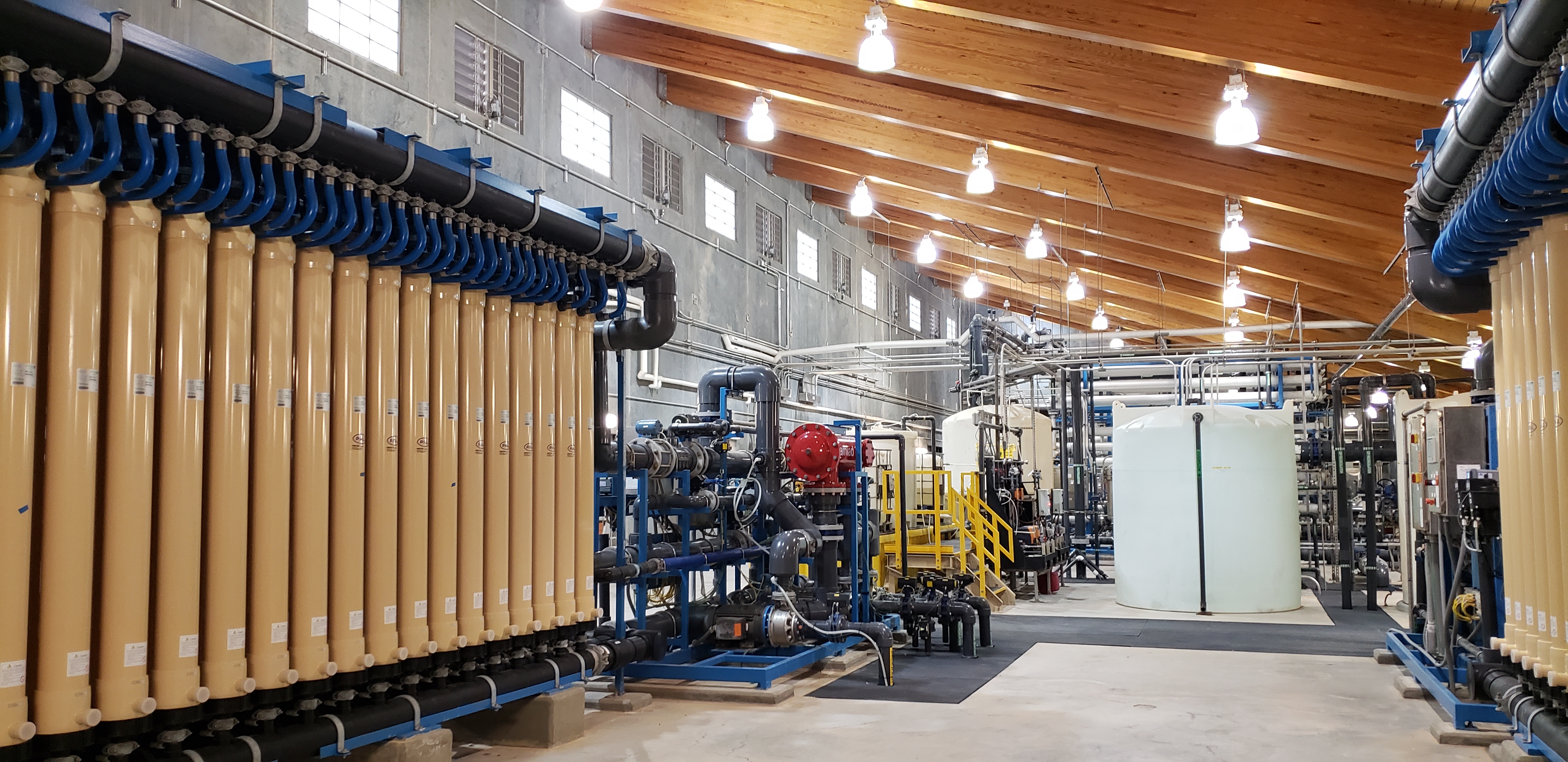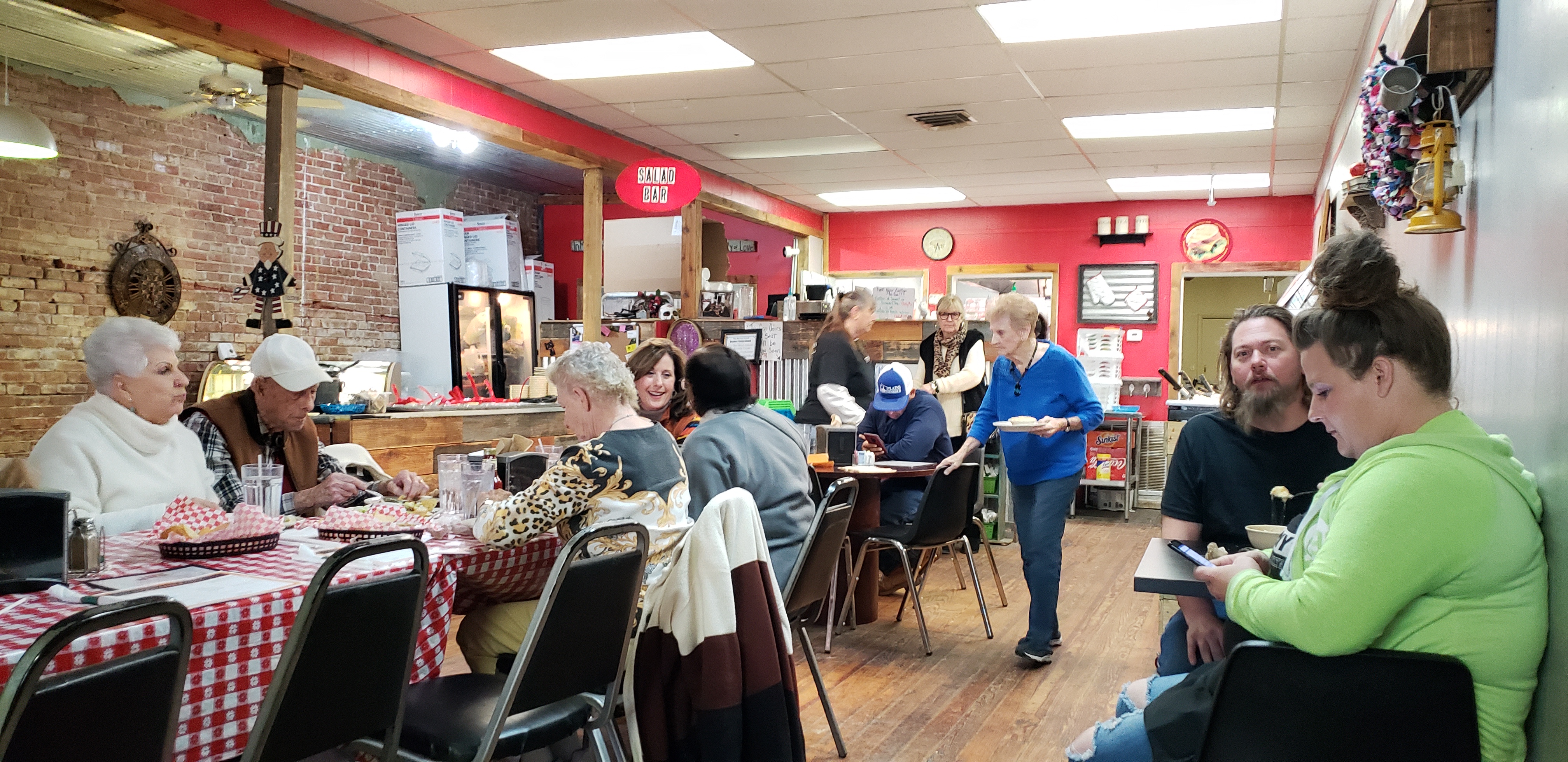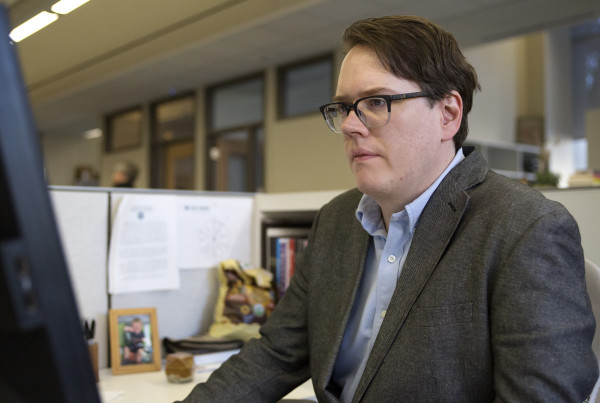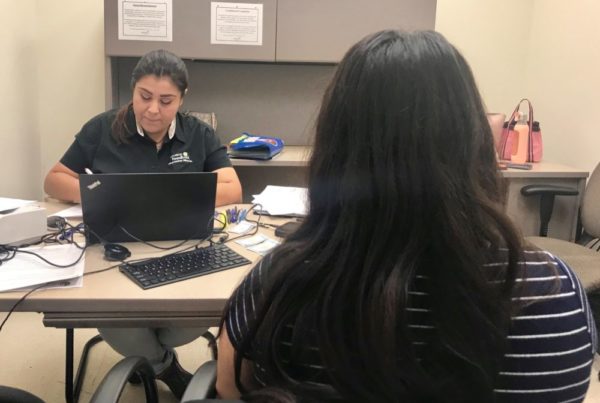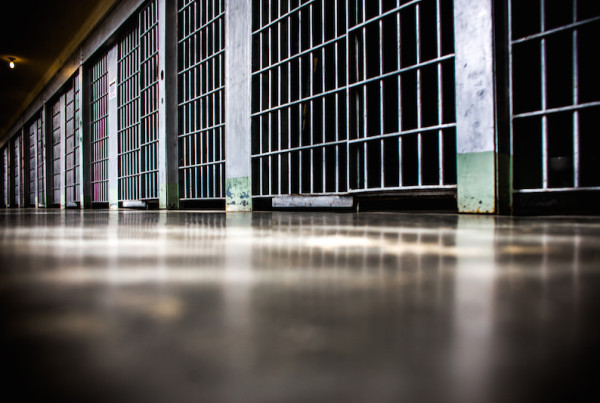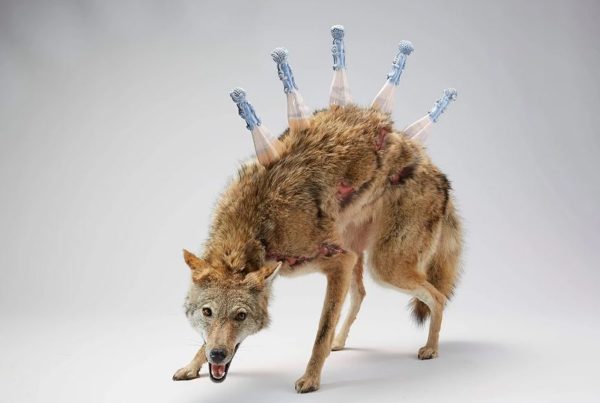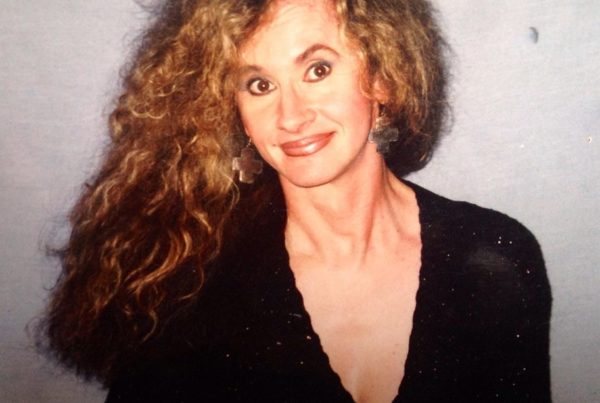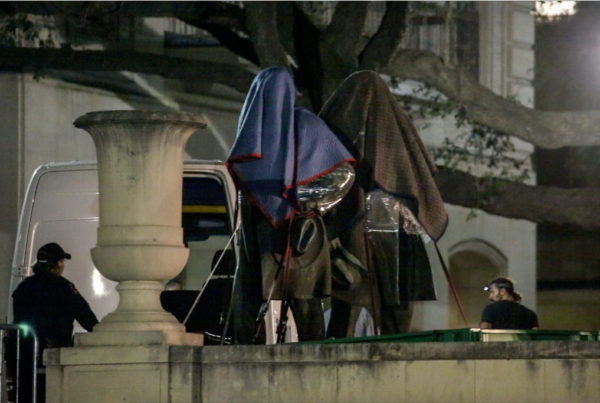Despite its name, water in the West Texas town of Big Spring is scarce. The town’s namesake spring dried up decades ago, and droughts in recent years have made the water situation there even worse. So, Big Spring had to get creative. In 2013, the city became the first in the U.S. to start treating, and then reusing, its waste water. Some people call this “toilet to tap” – it’s, understandably, not a favored term among water engineers.
In regular systems, water is flushed down the toilet, or flows down the sink or shower drain, and ends up in a lake, a river, or out in the ocean. Southern Cal environmental engineer Amy Childress says those bodies of water are called “environmental buffers” because they’re a kind of safety net: if something goes wrong in treatment, officials can catch it because it hangs out for a while in some kind of reservoir.
“The buffer is also talked about as a psychological barrier because it does distract us from where … the water came from,” Childress says.
But not in Big Spring. After the initial treatment most cities do before dumping wastewater, Big Spring’s water goes through a second, special cleansing, then, it goes straight back to the tap without ever seeing the light of day in a reservoir. Water engineers call it “direct potable reuse.”
One reason Big Spring was the first to do it on a citywide scale is because reservoirs there are constantly losing water in the West Texas heat. John Womack is operations manager at the The Colorado River Municipal Water District, and says, “Mother nature would take it away from you just as easy as she gave it to you. … We can’t control that.”
Womack says the water district’s biggest enemy is evaporation.
“Especially with all the wind we have out here, and all the heat we have in the summertime; this is a very arid climate,” Womack says.
By skipping the reservoir stage, the district now saves 1.7 million gallons of water every day.
So here’s how it works: The city first removes all the big, chunky stuff from the wastewater. From there, instead of going back into nature, the water goes through its second, special cleansing during which it goes through several other stages. The first is microfiltration.
“The beauty of a microfilter is that they have the ability to filter down to one-tenth of a micron, which is a very small particulate,” Womack says.
That’s about one-five hundredth the width of a human hair; this step helps get out most bacteria. But it can’t remove viruses, which is where the next step – reverse osmosis – comes in.
“Reverse Osmosis is different than filtration. Water is being diffused by a cellulose membrane, so you are getting down to the atomic level. Individual molecules of water are going through that membrane and not allowing other molecules to go through,” Womack says.
The final step of this “cleansing” is super-intense ultraviolet processing. The system adds in a small stream of hydrogen peroxide – the same stuff you might put on a cut that makes it sting. The peroxide gets shaken up and spread through the water. Then, the water enters the UV light chamber.
“Inside each one of those reactors are 72 light tubes; they look like a fluorescent light bulb. So, no matter where you are, wherever the water is, it’s getting exposed to this UV light, and that reacts with the hydrogen peroxide, and it will kill or destroy anything left in the water,” Womack says.
What comes out is pure H2O – no minerals, just good ol’ water.
“You wanna taste some?” Womack asks, offering a sample of the final product. “It’s 99.9 percent pure water. Cheers!”
It tastes like … nothing. Some people say water doesn’t have any flavor, but often does taste like whatever minerals are in it. But this water truly has no taste at all. Ironically, it isn’t what will ultimately flow through the faucets in Big Spring.
“In all actuality, you could not drink this all the time, it is too pure,” Womack says. “It would leach minerals out of your body.”
So, that superpure water gets mixed with some of the reservoir water, gets treated again by the city, and then pumped to the taps.
Of course, there’s another complicating factor: the city’s pipes are old and made out of iron. By the time the water gets to Brandi Mayo’s restaurant, she says it’s not so “super.”


